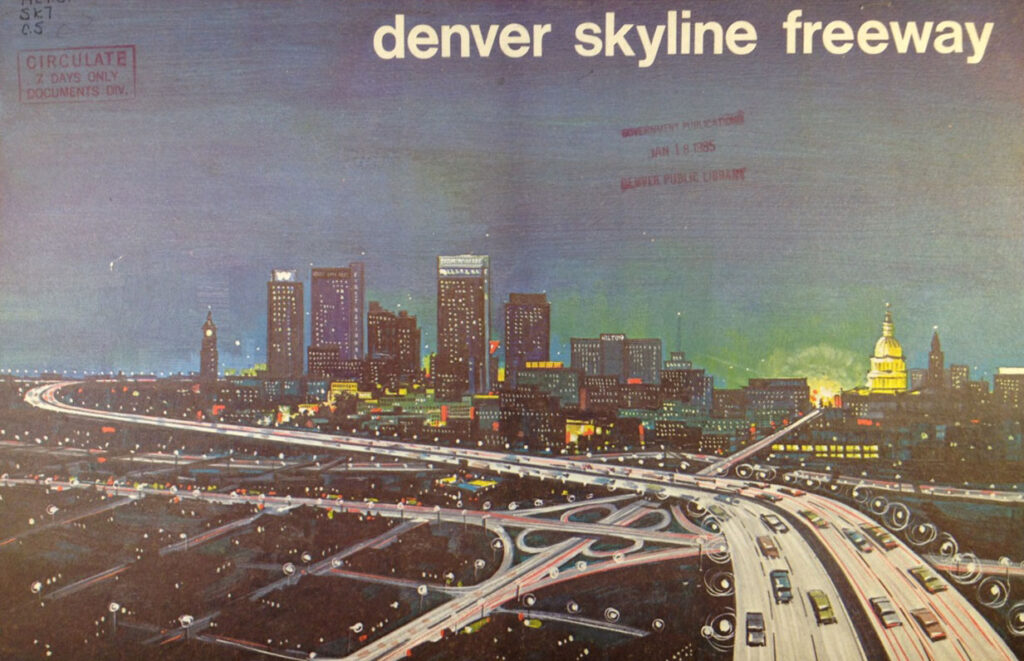Since the day I was born, I felt like I was too old for Sesame Street – after all, I was reading decades-old National Geographics in kindergarten (mostly for the Kodak 35mm camera commercials, or the occasional pre-deregulation airline ad). But I’m never too old to become obsessed with something like German Sesame Street!
I mostly remember the perennial PBS favorite for its bookends of ephemera – the unbearably funky, Sly and the Family Stone-approved continuity music that you would hear at the end of every episode was the only thing I simply lived for on public television, other than the Moog-tastic PBS ident.
I appreciated the excressively broad brushstroke they used to color the ethnic background of Maria, I loved the Pointer Sisters with their duodecimal chanting, and I saw the irony in the heavy-handed “difficult subjects” like Mr. Hooper’s death (did we ever see him in life? His store was like an antiques shop in a seasonal tourist town during winter recess!)
That South African AIDS muppet got me thinking – what other incarnations of Sesame Street are there, and what disorted lens of their respective culture do they provide?
Rua Sésamo, the Brazilian Portugese version of Sesame Street, features a Big Bird analogue called “Poupas”, who looks just like Big Bird, except that he’s the color of Cheetos. How very red and blue Yoshi of the CTW. Kermit the Frog is named Cocas, and Grover is named Gualter. Maybe the trend for weirdly English sounding first names started with Rua Sésamo.
The Chilean version of Sesame Street looks like Pinochet’s henchmen were just off-screen behind the camera lens. The children are out of focus and staring very placidly into the wrong camera, the Big Bird equivalent has lopsided eyes that appear pasted on with Elmer’s Glue, the Oscar-Grouch equivalent looks like he has sunny-side up eggs for cheeks, and let’s not forget the weird hand-holding cohabitation between Barry Gibb and his redhead girlfriend. I’m guessing they all followed the party line slavishly, so they didn’t end up a desparacido.
The Castilian version of Sesame Street features a Big Bird that is all shag-carpet, and looks like he hit the Angel Dust a bit too hard. Franco did keep the crazies hidden in institutions, but in 1980’s Madrid, I guess they put them on television instead.
Sesamstraße, of course, was the Teutonic version produced by West Germany’s own “Norddeutscher Rundfunk”. This version doesn’t deviate too far from the American formula, with the exception of a big bär named Samson. This version featured a controversial episode with a LIVE BIRTH. How very ‘Frei-körper-kultur’ of them.
Le dernier, mais pas le moin, c’est “1, Rue Sesame!” France’s version featured (how typical), a snail named Trepido. Cookie Monster was named “macaron” – I wonder if Emmanuel Macron gets made fun of for his surname? Ernie is Ernest, and Bart is Bert.
Now these otherworldly muppets are going to haunt my dreams forever.











